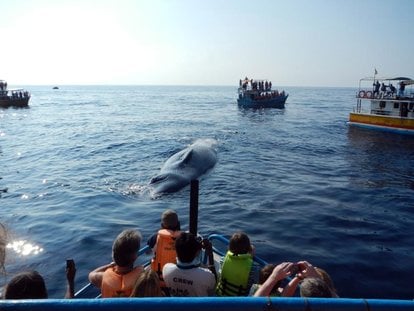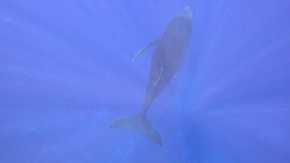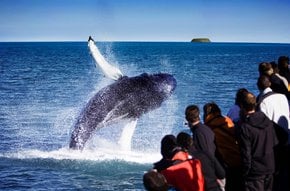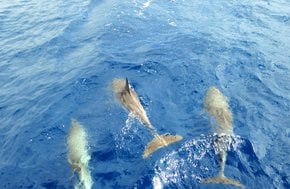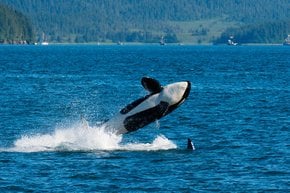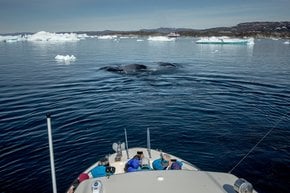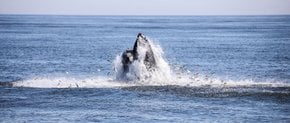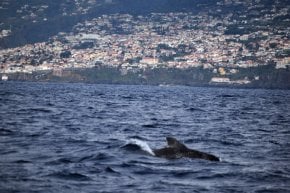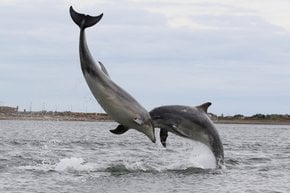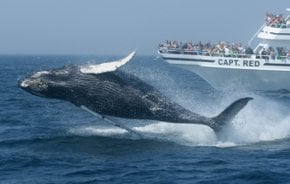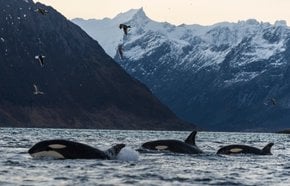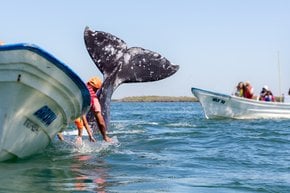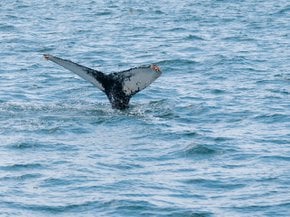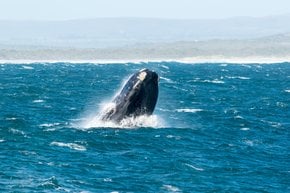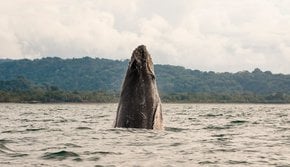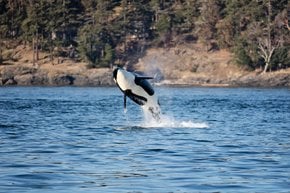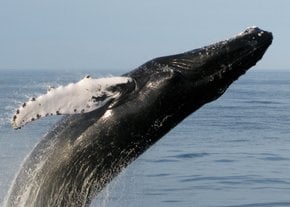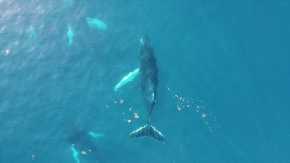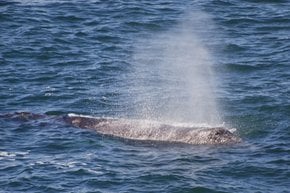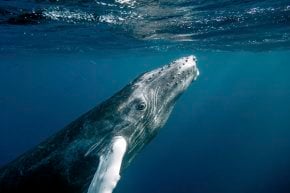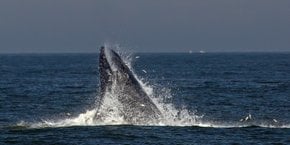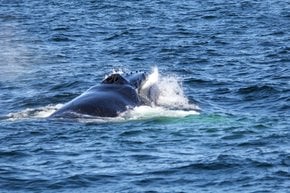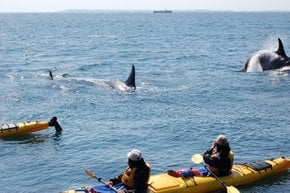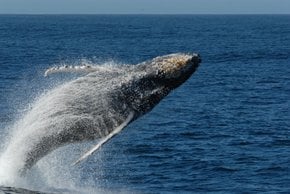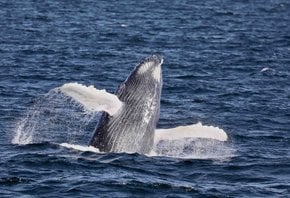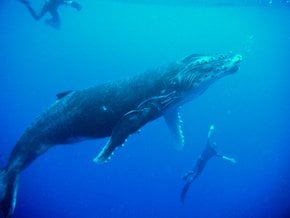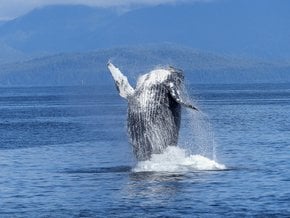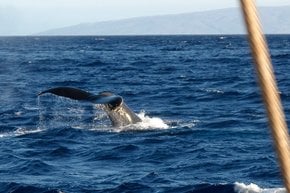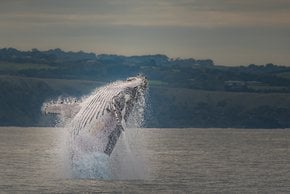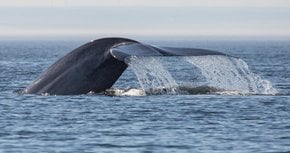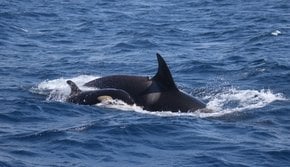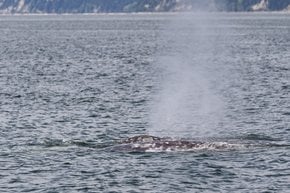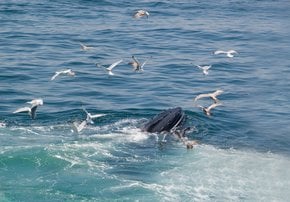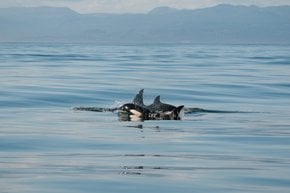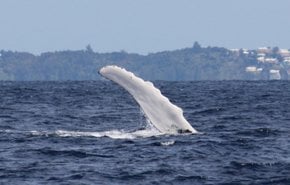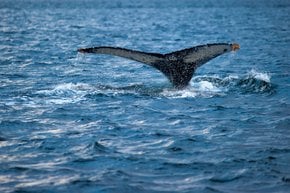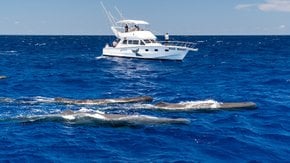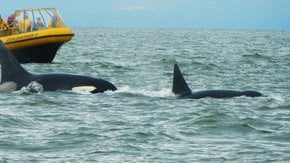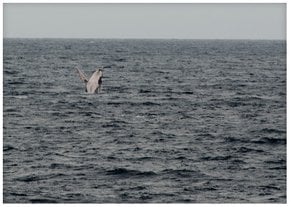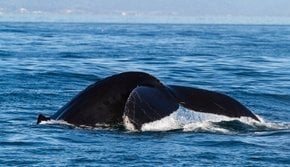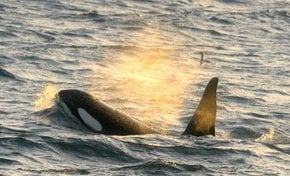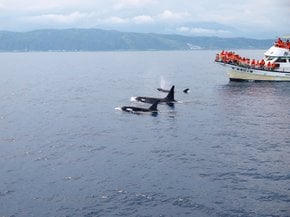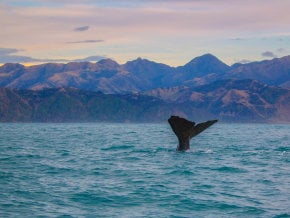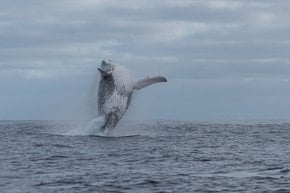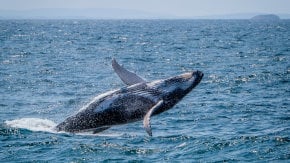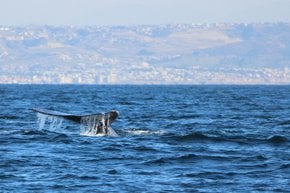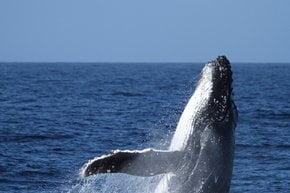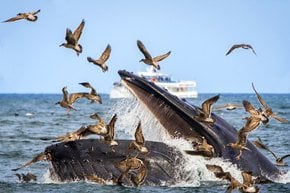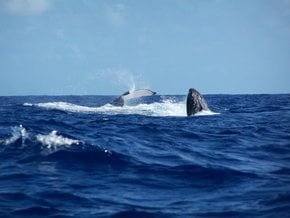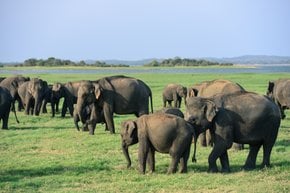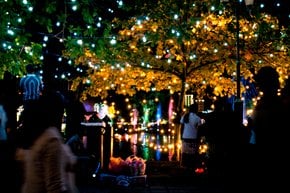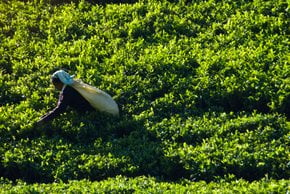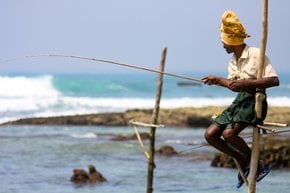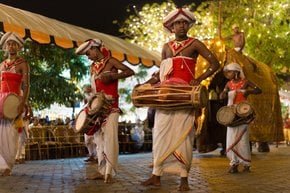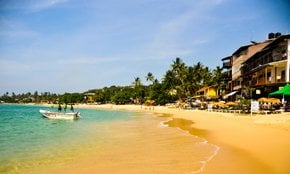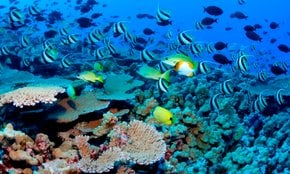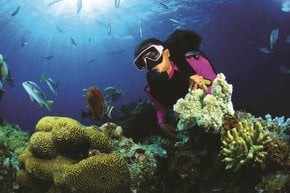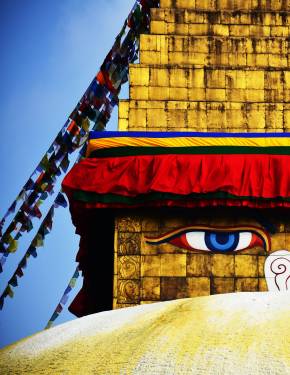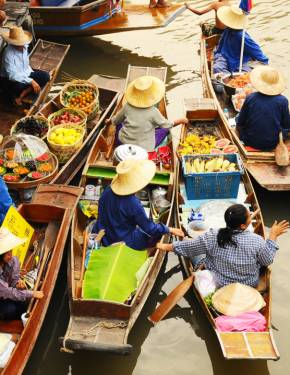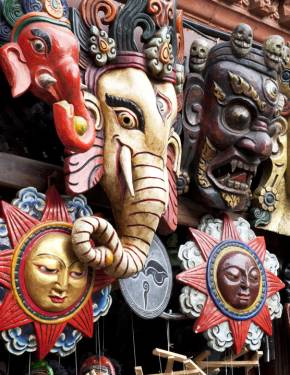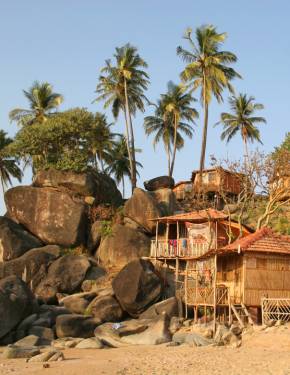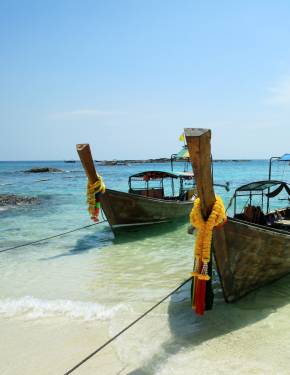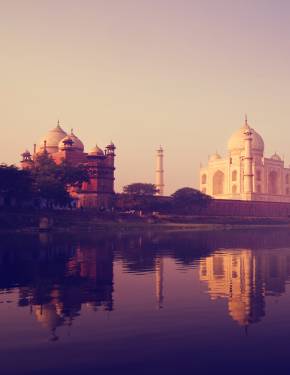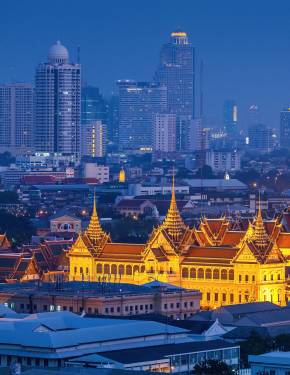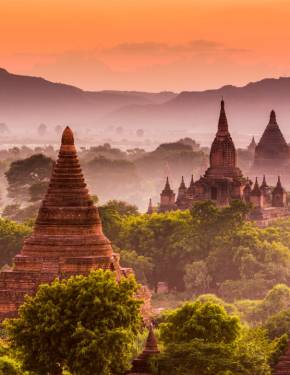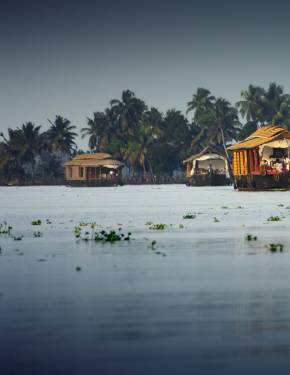Whale Watching (Walbeobachtung) in Sri Lanka 2025-2026
Sri Lanka befindet sich glücklicherweise an einem Aussichtspunkt, um Wale zu beobachten
Beste Zeit: November bis April | Juli bis September
Mehr als 26 Walarten wie Blauwale, Pottwale und Finnwale können von der Küste Sri Lankas aus beobachtet werden. Blauwale sind die häufigsten Gäste in srilankischen Gewässern. Zu den beliebten Walbeobachtungsorten gehören Dondra Point, Mirissa und Trincomalee.
Dondra Point ist die südlichste Spitze Sri Lankas. Wegen des schmalen Festlandsockels können Wale so nahe wie ein paar Meilen vom Ufer entfernt gesehen werden. Manchmal sind sie 54 m vom Leuchtturm Dondra entfernt zu sehen. Dondra Point ist der zuverlässigste Ort für Walbeobachtungen aufgrund einer 90-prozentigen Chance, Blauwale und eine gut ausgebaute Infrastruktur zu sehen. Tours nach Dondra Point verlassen Galle und Hikkaduwa.
Blue whales are the largest creatures to have ever lived on Earth. They primarily feed on krill, filtering massive amounts of ocean water through their baleen plates, which act like a sieve. Some of the largest blue whales can consume up to 6 tons of krill daily. Their blue-gray, mottled skin takes on a light blue hue underwater, giving them their name. While blue whales are sometimes seen in small groups, they are typically solitary or found in pairs.
Mirissa bietet regelmäßige Wal- und Delphinbeobachtungsausflüge an. Boote fahren um 7 Uhr von Mirissa Harbor und verbringen drei oder vier Stunden auf See. Die Chancen, Wale und Delfine während der Hochsaison zu sehen, liegen bei über 90%. Die beste Zeit für Walbeobachtung an der Südküste ist von November bis April.
Eine alternative Option ist es, Wale in Trincomalee an der Nordostküste zu beobachten. Die meisten Walbeobachtungstouren dort beginnen um 6:30 Uhr. Je nach Meereslage kann es bis zu 3 Stunden dauern. Im Norden ist die beste Zeit für Walbeobachtung in der Regel von Juli bis September
Due to the narrow continental shelf, whales can be seen as close as a few miles from the shore here. Sometimes, they can be seen 54-m (176 ft) from the Dondra Lighthouse. Dondra Point is the most reliable place for whale watching due to a ninety percent chance of seeing blue whales and a well-developed infrastructure. Tours to Dondra Point leave from Galle and Hikkaduwa.
Mirissa is another great place for whale and dolphin-watching tours in Sri Lanka. It is a fishing village located on the southern coast between Matara and Galle. Known for its stunning scenery, unspoiled beaches, and delicious cuisine, it’s one of the most accessible spots for viewing majestic whales and pods of dolphins. The town is easily reachable from Colombo and other major cities, making it a popular destination for wildlife enthusiasts.
Mirissa offers regular whale-watching excursions. Boats leave at 7 am from Mirissa Harbor and spend three or four hours at sea. The chances of seeing whales and dolphins during high season are over 90%. The best time for whale watching on the southern coast is from November to April.
An alternative option is to watch whales in Trincomalee, located on the northeast coast. Home to one of the world’s finest natural harbors, the town is celebrated as the most picturesque coastal areas on the island. Most of the whale-watching tours there start at 6:30 am. Depending on the sea conditions, it can take up to 3 hours. From May to August, blue whales remain as close as 6-8 nautical miles (about 30 min by boat) east of Trincomalee.
Trincomalee, situated approximately 2 hours from Pasikudah, is renowned for its whale-watching opportunities, with Nilaveli and Uppuveli beaches being the most frequented spots.
This pristine, untouched beach on Sri Lanka’s west coast, just north of Colombo, is ideal for spotting both whales and dolphins. Kalpitiya is renowned for its impressive pods of dolphins and sightings of sperm whales. Watching hundreds of dolphins swim alongside your boat, diving under the waves, jumping, spinning, and leaping out of the water, creates a breathtaking experience you won’t soon forget. The prime season for dolphin and whale watching in Kalpitiya runs from November to March, offering unforgettable marine wildlife encounters.

